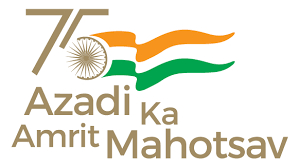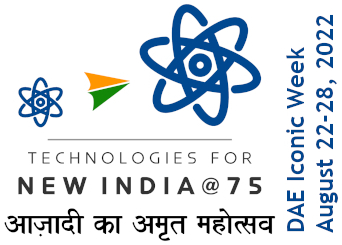Biographical Memoirs :: MEGHNAD SAHA
He initiated and organized research in several subjects, such as statistical mechanics, atomic and molecular spectroscopy, experiments on thermal ionization and `electron affinity' of electronegative elements, active modification of nitrogen, high-temperature dissociation of molecules, and ionospheric propagation of radio waves and physics of the upper atmosphere. In 1926 Saha presided at the Physics and Mathematics Section of the Indian Science Congress Association. His address was on thermal ionization. Within less than a decade of Saha's arrival the Physics Department of the Allahabad University became one of the most active centres of research in the country, particularly in the field of spectroscopy. Amongst his earliest associates in research mention may be made of P. K. Kichlu (now Professor of Physics in the Delhi University), K. Majumdar and N. K. Sur. The Department attracted students from all over India. R. C. Majumdar, now Professor of Physics in the Delhi University, S. Basu, the present Director-General of the Department of Meteorology, and D. S. Kothari were Saha's students at Allahabad. It was in 1927 that at the age of thirty-four Saha was elected to the Royal Society. The United Provinces Government sanctioned a personal annual grant of Rs. 5000 for his research work.
In 1927, at the invitation of the Italian Government, Saha attended the Volta Centenary Celebration held at Como, and presented a paper `On the explanation of complicated spectra of elements'. He later joined a total solar eclipse expedition to Ringebu (68^ N) led by L. Vegard of Oslo University. In 1936 he was elected to an overseas fellowship of the Carnegie Trust of the British Empire, and he visited Germany, England, and the United States and spent about two months with H. Shapley at the Harvard College Observatory. (Saha took keen interest in archaeology and ancient history, and on his way to Europe he visited the ruins of Ur of the Chaldecs then recently excavated by Sir Leonard Woolley.) In a paper `On a stratospheric astrophysical observatory' which appeared in the Records of Harvard College Observatory, Saha made what at the time (1936) was a very ambitious plea of photographing the solar spectrum at a height of some 50 kilometres, well above the ozone layer; and he pointed out the enormous gain that would accrue for astrophysics. In this paper, as also in that on the action of ultraviolet sunlight upon the upper atmosphere published in the Proceedings of the Royal Society (1937) and in his Presidential Address to the National Institute of Sciences of India given at Lahore in 1938, he discussed the possibility that the ultra-violet radiation from the sun may be several orders of magnitude above that corresponding to a black-body at about 6500 K. He wrote: `This may possibly be due to the fact that the ultraviolet spectrum of the sun may consist of a continuous background of faint light on which are superposed emission lines of H, He, He+, Fe+, and other elements which are represented in the visible range by lines of subordinate series, or by patches of ultra-violet continuous light (near about ? 500) leaking through the solar atmosphere from a much hotter region inside the photosphere, as suggested by Professor H. N. Russell.`7
7 M.N. Saha. Proc.Roy. Soc. A, 160, 55 (1937).




